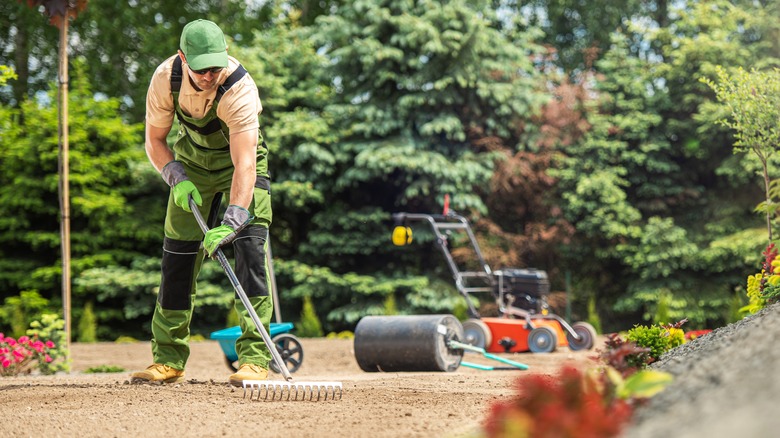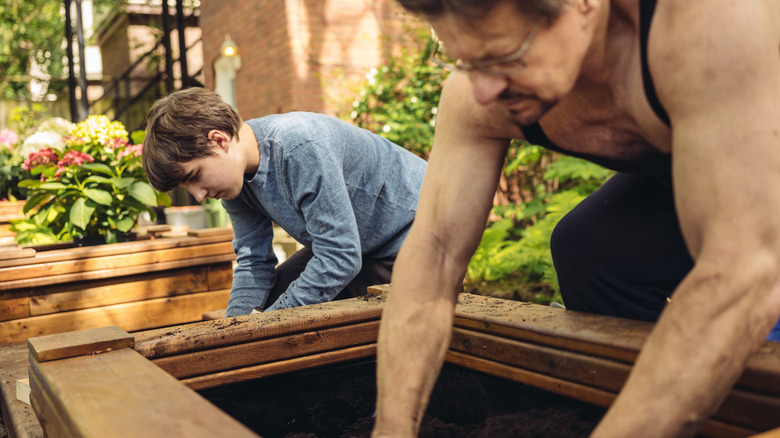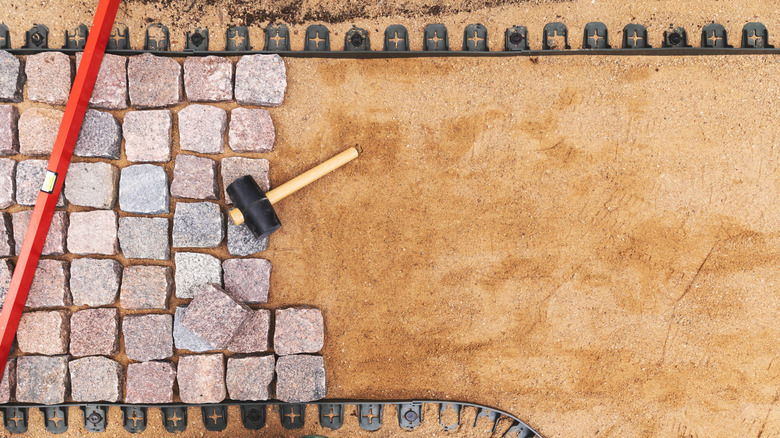Fill Dirt Or Sand: Which Should You Choose For Landscaping?
As you are improving the landscaping around your home, you may need to bring in soil. You have some options for adding soil, such as fill dirt, sand, or a mixture of the two. But how do you choose the best option for your particular landscaping project? Think of it this way — use fill dirt when you need greater stability and when you want to deliver some nutrients to plants. Use fill sand for projects that require significant drainage capabilities or for areas where the surface may be exposed, such as for a rock garden or around a pond.
Before discussing the pros and cons of picking fill dirt or sand for your project, there are some instances where you may need a mixture of the two substances. You may run into these issues when your landscaping requires you to prepare the soil before planting a tree or a garden. For example, if your original soil in the area for the new plants is highly compacted, it may retain too much moisture. Oddly enough, having too much moisture in the soil can cause damage to the root systems of the plants or trees, leaving them unable to absorb the moisture they need, eventually placing the plants under excessive stress. In a case like this, you can add some sandy loam to the area before planting to improve drainage in the area and to help keep plants healthier.
Best reasons to use fill dirt for your landscaping project
What is fill dirt? It's usually the layer below the topsoil, and it differs from it. Topsoil has significant nutrients and organic matter that plants need to grow. The fill dirt can consist of a mixture of clay and a little bit of sand that contains very little organic matter. It may have rocks as well. Because of the reduced organic matter, its materials aren't going to break down, making it a far sturdier option for landscaping.
It compacts well and doesn't shift around, meaning it's best to use fill dirt in areas where stability is important. When starting a raised bed garden, for example, you may want to use fill dirt to create the base before placing several inches of topsoil over the top. The base layer provides stability, while the topsoil has the nutrients that your garden plants need to thrive.
When erosion occurs and you need to shore up the ground near a retaining wall or around the foundation of your home, fill dirt is the proper choice. It provides the stability required in these areas. Perhaps you want to create some mounds in your landscaping. Fill dirt ensures that you'll end up with the perfect shapes, as it will resist erosion. It also works well to build up low areas throughout your landscaping designs to prevent puddles of water from forming after a rainstorm or to direct water away from the home's foundation.
Advantages and disadvantages of using fill sand for landscaping
Using firm dirt and topsoil is far more common in landscaping projects, but there are instances where you may need fill sand. It is a type of soil that consists of tiny rock particles, either occurring naturally from erosion or after going through a rock-crushing machine. It has no organic material. However, because the particles are so small, it does compact well, meaning construction companies often use it to backfill trenches. However, it can shift around, so it doesn't work well around the foundation of your home.
Instead, you would use fill sand in areas of your landscaping where moisture commonly collects and where you need improved drainage of the soil. Additionally, use it across the surface of a rock garden, where its natural color can contribute to the landscaping design. It also works well as a base for creating a flagstone path. Just tamp it and lay the stones over the top.
It works especially well as a backfill material, such as around a septic tank where moisture needs to be able to move through the soil. It also works around ponds or water features in your landscaping design. These areas often collect excess moisture, so the fill sand allows everything to drain. You may want to use fill sand in areas where you know you will be adding plants that require sandy soil to thrive, like thyme, rosemary, or watermelon.


